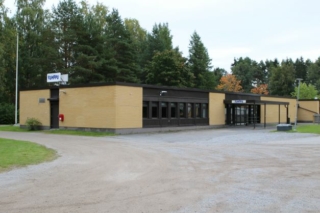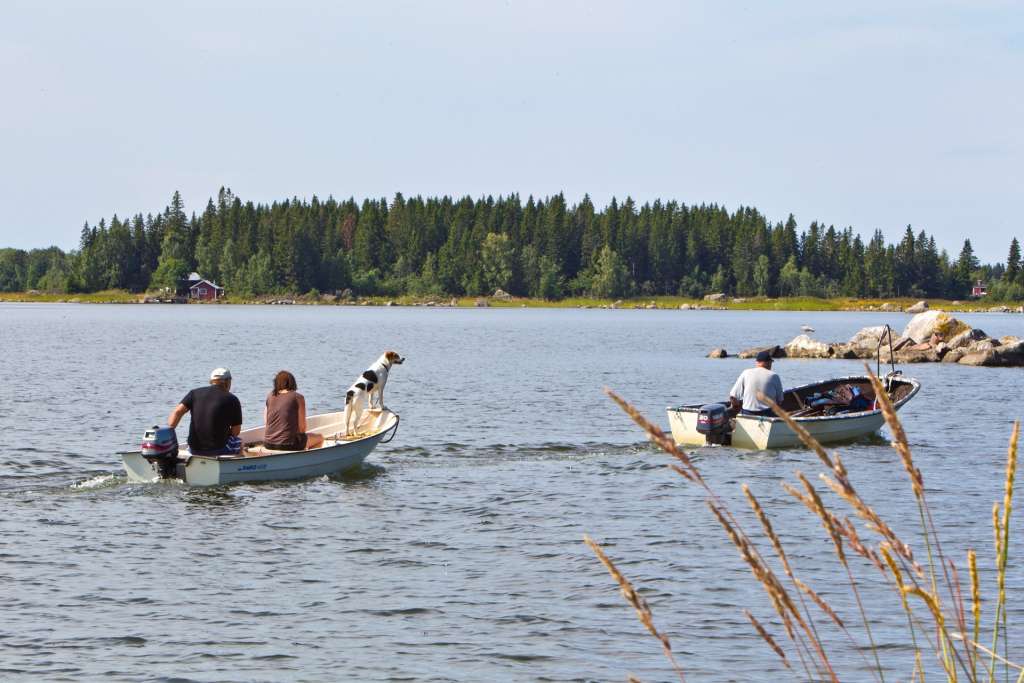
Gerby, Västervik, Isolahti, Vetokangas, Pukinjärvi
Maritime Gerby is delightful! A harbour for small boats, beaches and, of course, Strömsö (where the Finnish television series is produced), help to create the cosy suburb that this part of the city is known for.
Gerby
Gerby was still a small rural village in the 1980’s. However, the construction of New Gerby had started by the end of the 1980’s and beginning of the 1990’s, which significantly increased the number of settlements in the once forested area.
The oldest part of Gerby is called Lillby (Pienkylä in Finnish), a small village where the old school and the present village hall are located, alongside the old youth house and the former voluntary rescue service building. Gerby’s oldest buildings date back to the early 19th century, with some even to the late 18th century. The oldest buildings are all around Lillby.
The old traditional harbour of Gerby, which today serves as a marina for 215 boats, is in the current New Gerby area. Right next to the marina is the Villa Gerby youth house, which is maintained by the City of Vaasa. The area also has a health station and two schools; the Finnish-speaking Länsimetsän koulu and the Swedish-speaking Gerby school.
Gerby’s attractions include the “Rapatunturi” (mud mountain) or “Rapis”, which is officially called Gerbynmäki (Gerby Hill). Three artificial earthen slopes have been built, and from the highest point it is possible to see as far as the Raippaluoto bridge. There is also a dog park and plenty of hiking trails in the area. The pizzeria “Dallas Pizza Palazzo” is another well-known Gerby landmark among the people of Vaasa.
Västervik
Västervik is a residential area next to Gerby. In Västervik there is a marina and the magnificent Villa Strömsö, which features in the Strömsö TV series.
Västervik is an old area that used to be a village. In the 1970’s more construction began in the area, which continued right through into the 2000’s. There are different houses in the area that are very representative to the style of the time they were built. Only a few of the traditional buildings from the 19th century have been preserved.
The name Västervik directly translates into English as “West Bay”, since most of the area was previously covered by the sea. This made the area a popular destination for villas and summer cottages in the 19th century.
Isolahti (Storviken)
The Isolahti neighbourhood in the northern part of the city belongs to the Gerby district. There are many different types of residential buildings here. The area has both old and new detached houses as well as terraced houses and blocks of flats.
According to historical data, the oldest homes were summer villas, which were built in the early 1900’s close to where the present road known as Huvilatie runs. These villas no longer exist and have been replaced by permanent residences.
Tar burning was once a common practice at several places in the area, at least in the 18th and 19th centuries, and the remains of at least one tar pit can be found on the junction of the Huvilatie and Gerby Rantatie roads. The resulting product was used to tar the boats in the bay.
Part of the tar-burning area was once called Tervalaakso (Tar valley) and was located to the north and east of Isolahti beach, around where the school is today. The road known as Miilutie was still called Tervalaaksontie (Tar Valley Road) in the 1930’s. The area’s football club was also called Tervalaakson Teräs (Tar Valley Steel).
It is estimated that in the 19th century there were also stonemasons in the area, whose activities have left traces that are still visible on the corner where the bridge over the Alskatintie road meets the Isolahdentie road, namely the “stonemason park”. Here you will find several foundation stones that still remain there to this day. The stones were once used for the foundations of buildings before concrete was available.
Some of the best things about Isolahti include its proximity to the sea, its sense of space and the wide views. The area is close to nature, verdant, rural and peaceful. There are outdoor trails for everyone. The area includes a primary school, daycare centre, playground, youth facilities (Sumppu), service home for the elderly (Mainiokoti), a sports field, hockey rink, a beach and a guarded marina.
Isolahti’s residents enjoy boating and cottage life in the archipelago in the summer and excursions on the ice in winter when the conditions are favourable. The island just outside Isolahti, known as Variskari, was made into an open-air area for the inhabitants when the city built an embankment, a bridge from the mainland to the island and a walking path around it in 2008. The island is used extensively by outdoor enthusiasts and for residents it is a gem, maintained by the city and active residents. From the beach at Isolahti you also reach the popular ice routes in winter.
Isolahti is home to the residents’ association, Isolahti-Seura ry, which was founded in 1978 and is still actively promoting the interests of the residents and the area. The association also acts as a communication channel between the local residents and the city authorities. An important form of business is now the video surveillance of boats in the local marina.
Vetokangas (Dragnäsbäck)
The Vetokannas district has been developed on a strip of land connecting the island of Palosaari to the mainland. The name comes from a time when fishermen and other seafarers pulled their boats over the narrow strait to avoid having to go around Pallosaari.
Vetokangas is a former industrial area, where the old net factory building, Vaasan Pitsitehdas, has been preserved. The building dates from 1919 and is used today as a shop. Vetokangas church, designed by Gösta Bergman, was completed in 1961 and is renowned for its distinctive architecture.
Pukinjärvi (Infjärden)
Palvelumme alueella
-
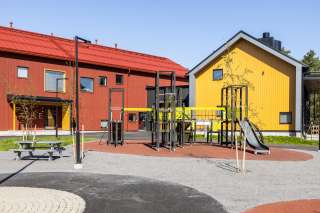
We want to offer children happy, comfortable, and educational everyday life. We see every child as a thinking individual, which is why we invest in sensitive encounters and support the children’s development on their journey towards the best version of themselves
-
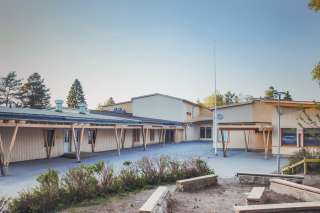
-
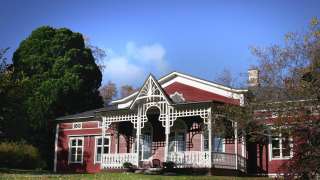
-

-
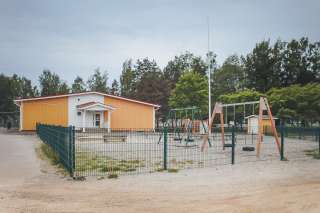
Isolahden päiväkoti is a positive and inspiring place of growth that supports a child’s individuality, sociability, initiative, consideration of others, good manners, and creativity.
-
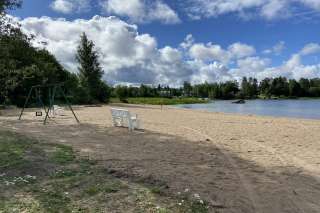
-
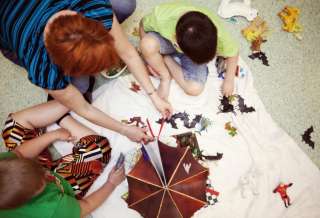
A child’s genuine and positive encounter is part of our approach. Children’s plays are supported and valued because we consider playing an important function.
-
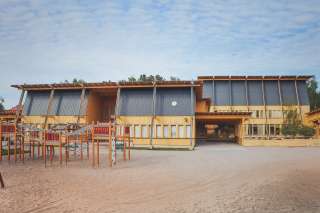
-
Länsimetsän päiväkoti
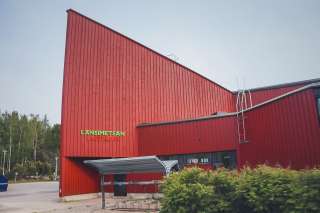
“Six groups’ worth of exuberance.” A child’s genuine and positive encounter is part of our approach.
-
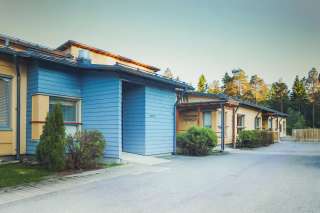
Paakarin päiväkoti aims to provide a safe growth environment for children with the help of their parents. We want to offer children high-quality and versatile care, nurture, and education in an unhurried and accepting atmosphere. We are present for the children and listen to them. The joy of learning and the delight in every child are important for us.
-
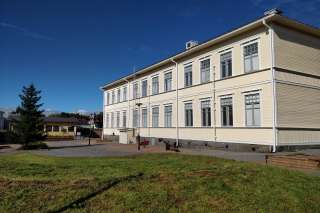
Pukinkulman päiväkoti supports the individual growth of children in a homelike atmosphere. We awaken a child’s interest in and appreciation for nature by taking nature and the environment into consideration in our activities.
-
Sledding hills

-
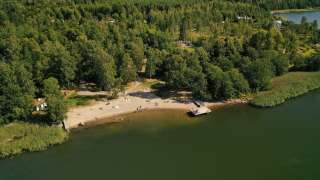
-
